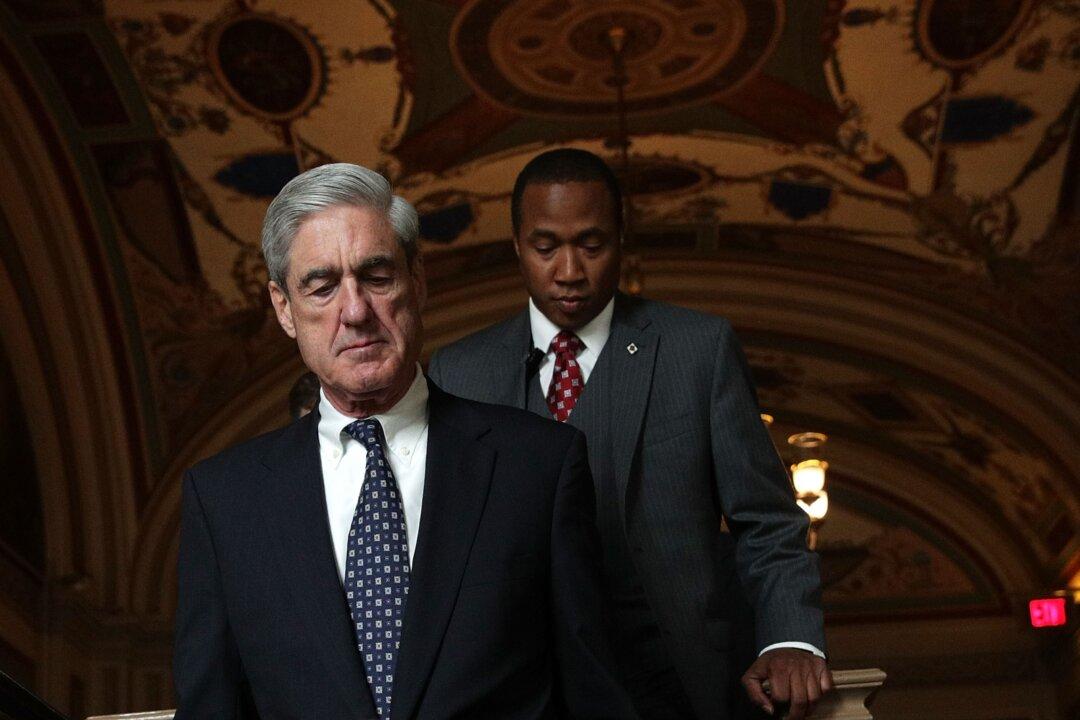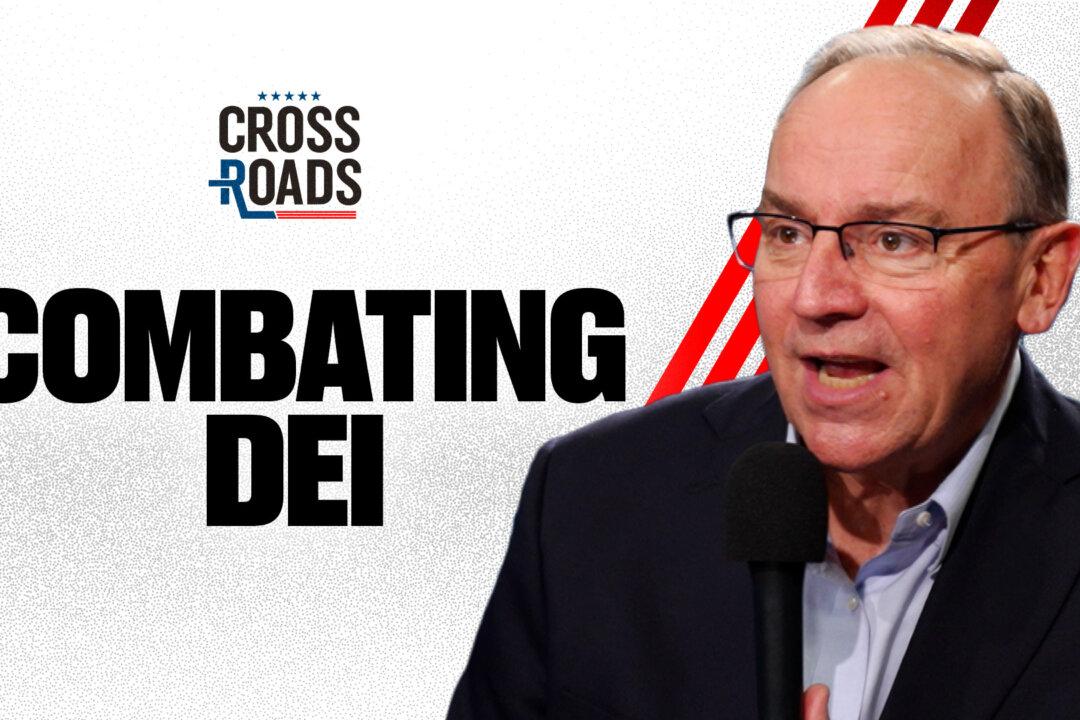Commentary
The public was lied to for close to two years by legacy news outlets and public figures with claims there was “evidence” that the Trump administration colluded with Russia. Contrary to their claims, the Mueller report showed there was no evidence that Trump colluded with Russia. The report showed that all those rumors of evidence and all those claims of anonymous sources were lies.





